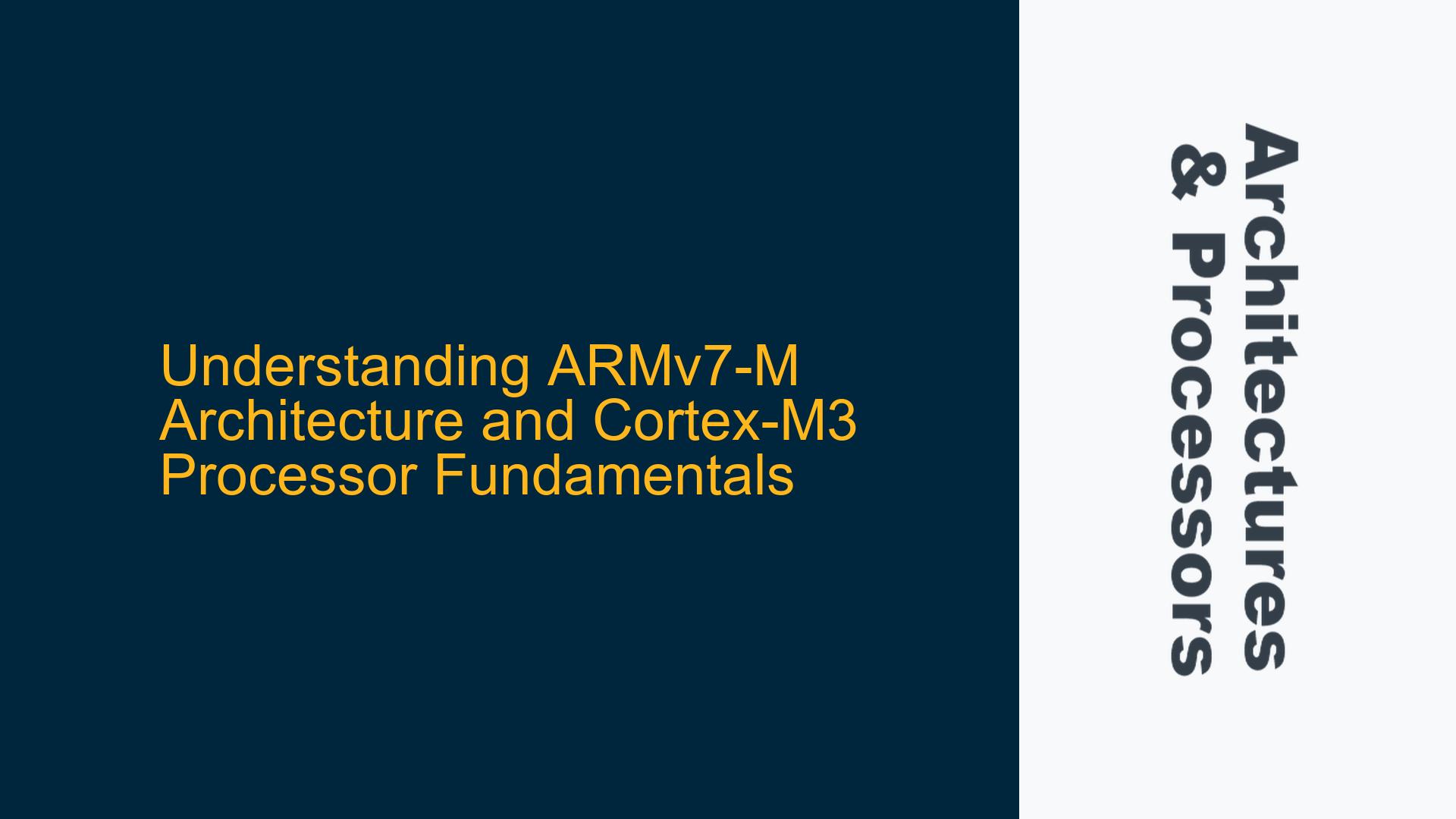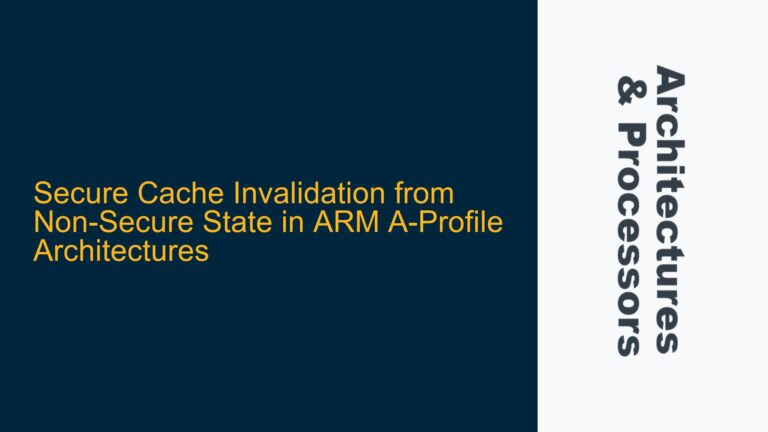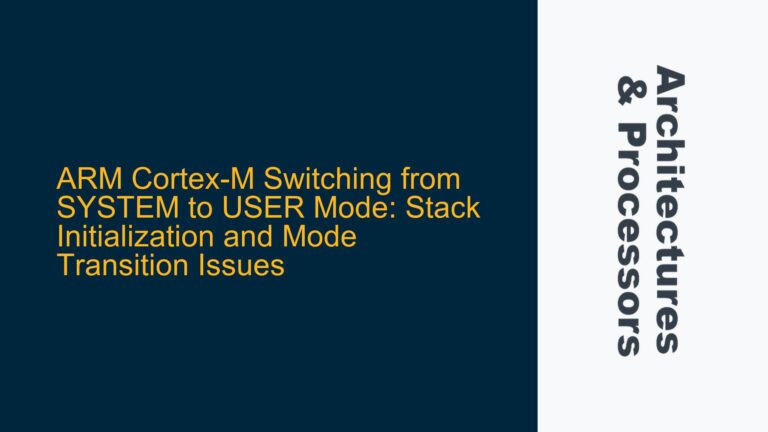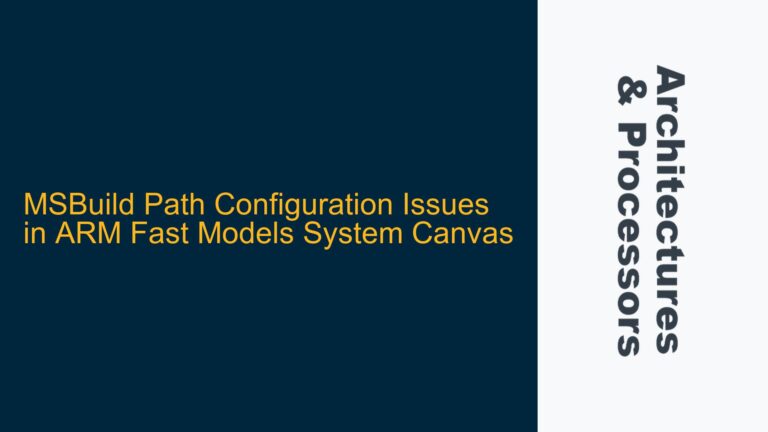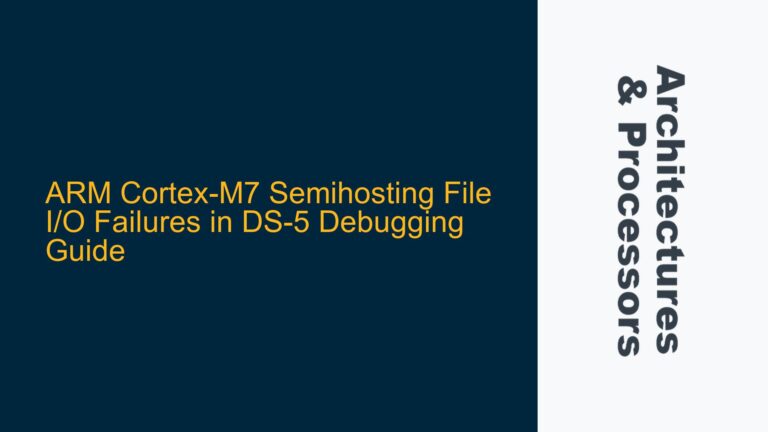ARMv7-M Architecture Overview and Cortex-M3 Core Features
The ARMv7-M architecture is a highly efficient, 32-bit RISC-based architecture designed for embedded systems, particularly those requiring real-time performance and low power consumption. It is part of the ARMv7 family, which includes three profiles: Application (A), Real-Time (R), and Microcontroller (M). The ARMv7-M profile is specifically tailored for microcontroller applications, offering a simplified instruction set, deterministic interrupt handling, and a memory model optimized for embedded systems.
The Cortex-M3 processor is one of the most widely used implementations of the ARMv7-M architecture. It is designed for applications requiring a balance between performance, power efficiency, and cost. The Cortex-M3 core includes several key features that make it suitable for real-time embedded systems, such as a nested vectored interrupt controller (NVIC), a memory protection unit (MPU), and support for Thumb-2 instruction set, which combines 16-bit and 32-bit instructions for optimal code density and performance.
The ARMv7-M architecture introduces several architectural enhancements over its predecessors, such as the ARMv6-M architecture. These enhancements include support for hardware division, bit-banding, and unaligned memory access. The Cortex-M3 core, in particular, benefits from these features, enabling it to execute complex tasks more efficiently than earlier Cortex-M cores like the Cortex-M0.
The Cortex-M3 processor also includes a three-stage pipeline (fetch, decode, execute), which improves instruction throughput and reduces latency. The processor’s Harvard architecture, with separate instruction and data buses, allows simultaneous access to instructions and data, further enhancing performance. Additionally, the Cortex-M3 core supports multiple sleep modes, enabling developers to optimize power consumption based on the application’s requirements.
Common Misconceptions and Knowledge Gaps in ARMv7-M and Cortex-M3
One of the most common misconceptions about the ARMv7-M architecture and Cortex-M3 processor is that they are interchangeable terms. While the Cortex-M3 is an implementation of the ARMv7-M architecture, the architecture itself is a broader specification that can be implemented in various ways by different vendors. This distinction is crucial for developers to understand, as it affects compatibility, toolchain support, and performance characteristics.
Another frequent misunderstanding is the role of the Thumb-2 instruction set in the Cortex-M3. Some developers assume that Thumb-2 is merely an extension of the original Thumb instruction set, but it is actually a hybrid instruction set that combines 16-bit and 32-bit instructions. This hybrid approach allows the Cortex-M3 to achieve a balance between code density and performance, but it also requires developers to be aware of the differences in instruction encoding and execution.
The nested vectored interrupt controller (NVIC) in the Cortex-M3 is another area where knowledge gaps often exist. The NVIC is a powerful feature that allows for efficient handling of interrupts, but its configuration and operation can be complex. Developers may not fully understand how to prioritize interrupts, how to use the NVIC’s tail-chaining feature to reduce interrupt latency, or how to configure the NVIC for low-power modes.
Memory management is another area where misconceptions can arise. The Cortex-M3 includes a memory protection unit (MPU), but it is not a full memory management unit (MMU). The MPU allows developers to define memory regions with specific access permissions, but it does not support virtual memory or address translation. This distinction is important for developers who are transitioning from other architectures that include an MMU.
Finally, there is often confusion about the performance characteristics of the Cortex-M3. While the Cortex-M3 is a high-performance microcontroller core, it is not designed for applications that require the level of performance offered by application processors like the Cortex-A series. Developers need to understand the trade-offs between performance, power consumption, and cost when selecting a processor for their application.
Comprehensive Learning Path for ARMv7-M and Cortex-M3 Mastery
To master the ARMv7-M architecture and Cortex-M3 processor, developers should follow a structured learning path that covers both theoretical concepts and practical implementation. The first step is to gain a solid understanding of the ARMv7-M architecture, including its instruction set, memory model, and exception handling mechanisms. This can be achieved through a combination of official ARM documentation, textbooks, and online courses.
Once the foundational knowledge is in place, developers should focus on the specific features of the Cortex-M3 processor. This includes understanding the NVIC, MPU, and Thumb-2 instruction set in detail. Practical experience is essential at this stage, and developers should work on small projects that allow them to experiment with these features. For example, they could implement a simple interrupt-driven application to gain hands-on experience with the NVIC, or configure the MPU to protect critical memory regions.
Next, developers should explore the tools and development environments available for Cortex-M3 development. This includes familiarizing themselves with IDEs like Keil MDK, IAR Embedded Workbench, and GCC-based toolchains. They should also learn how to use debugging tools like JTAG and SWD to troubleshoot and optimize their code. Practical experience with these tools is crucial for efficient development and debugging.
Another important aspect of mastering the Cortex-M3 is understanding its power management features. Developers should learn how to configure the processor’s sleep modes and how to use features like the Wake-Up Interrupt Controller (WIC) to minimize power consumption. This knowledge is particularly important for battery-powered applications where power efficiency is critical.
Finally, developers should stay up-to-date with the latest developments in the ARM ecosystem. This includes following ARM’s official blog, participating in online forums, and attending industry conferences. By staying informed about new tools, libraries, and best practices, developers can continuously improve their skills and stay ahead of the curve in the rapidly evolving field of embedded systems.
In conclusion, mastering the ARMv7-M architecture and Cortex-M3 processor requires a combination of theoretical knowledge, practical experience, and continuous learning. By following a structured learning path and staying engaged with the ARM community, developers can build the skills needed to design efficient, reliable, and high-performance embedded systems.
